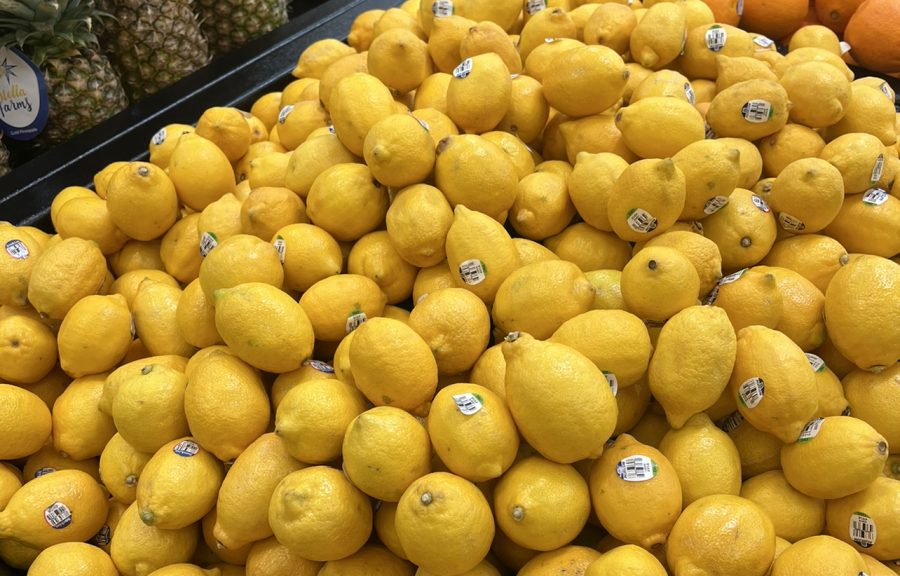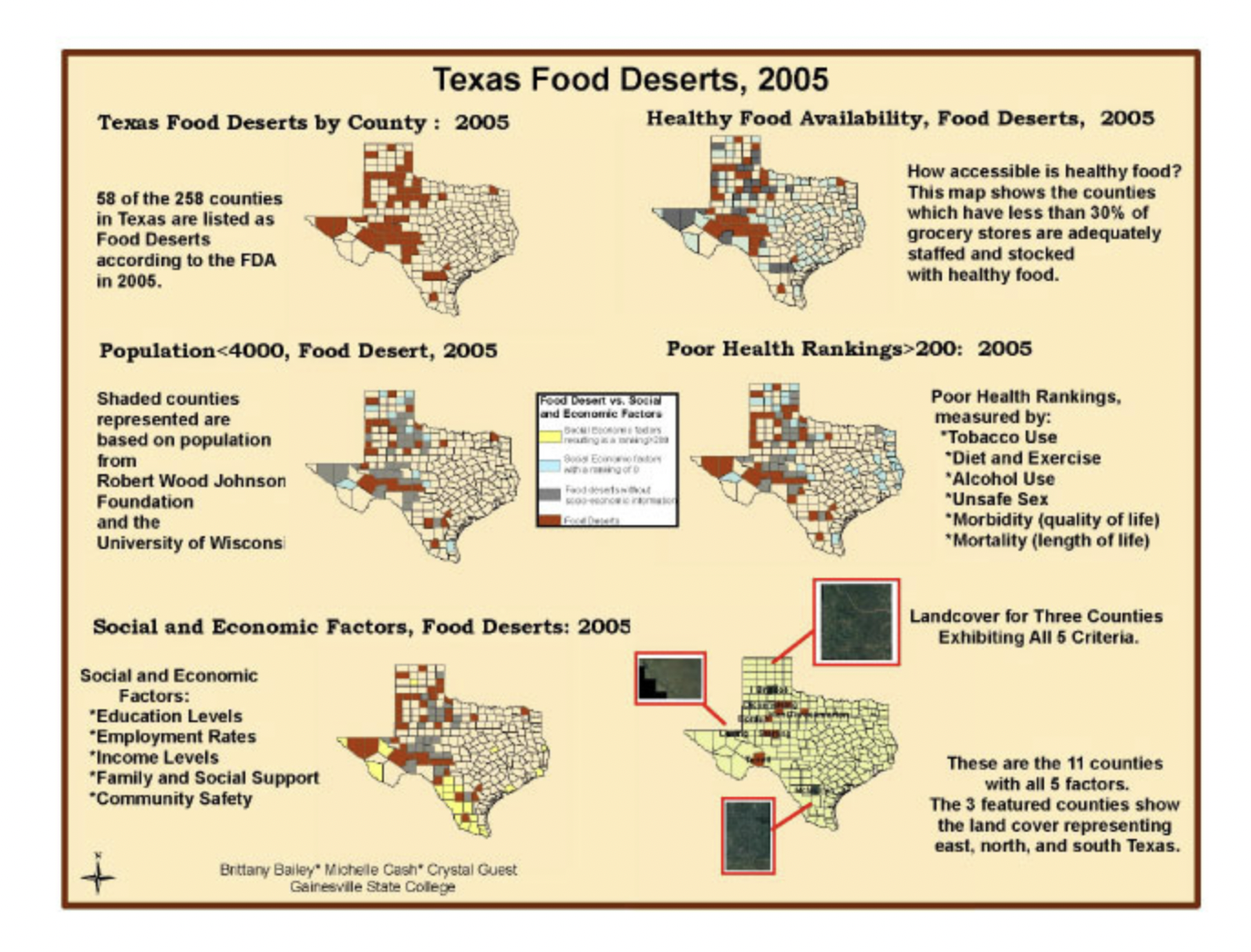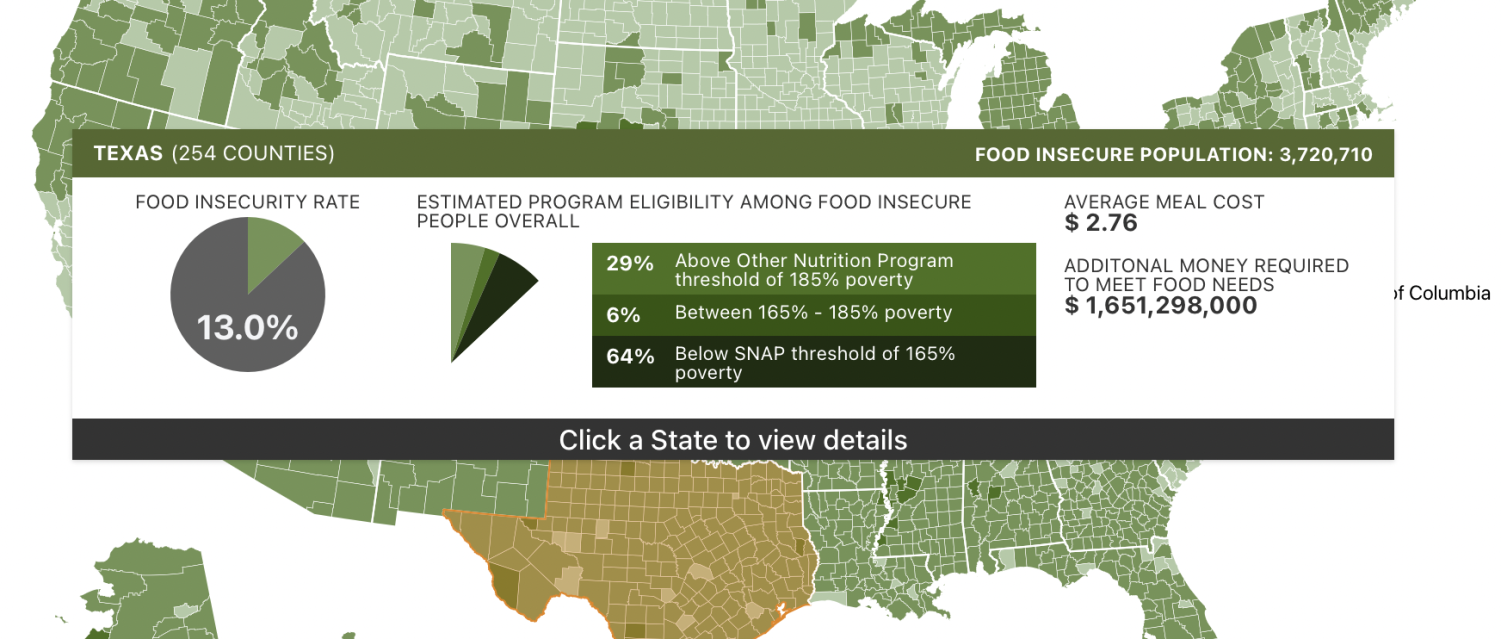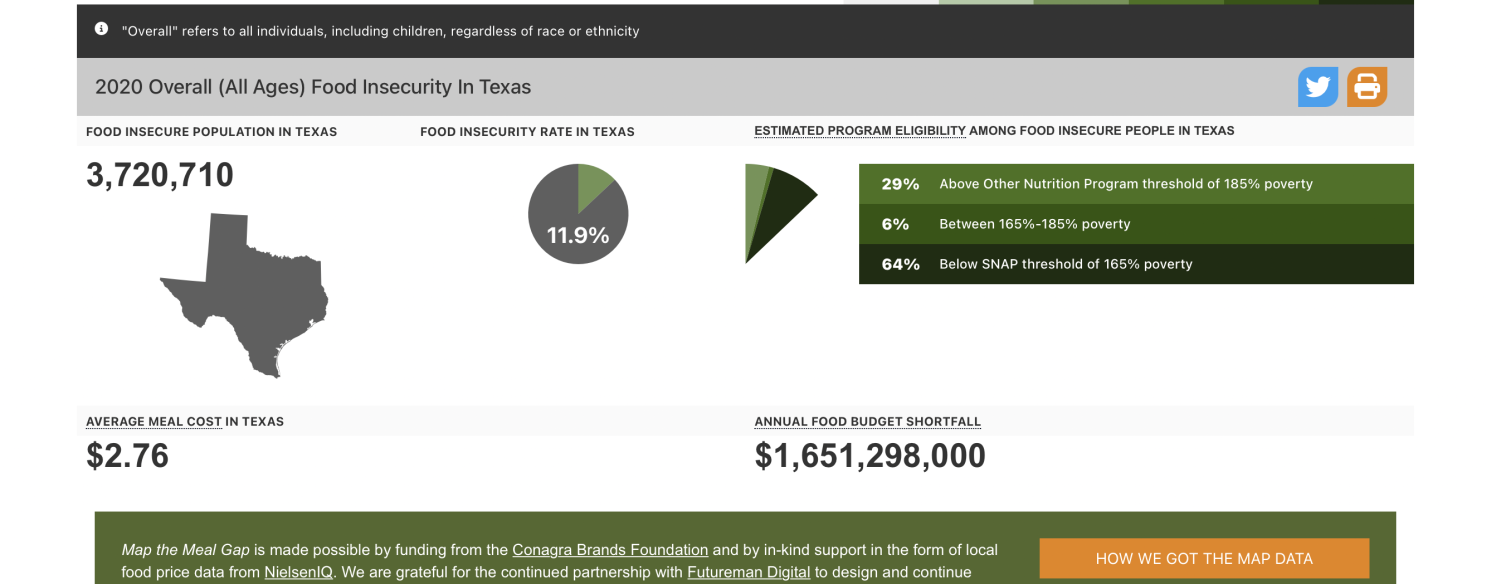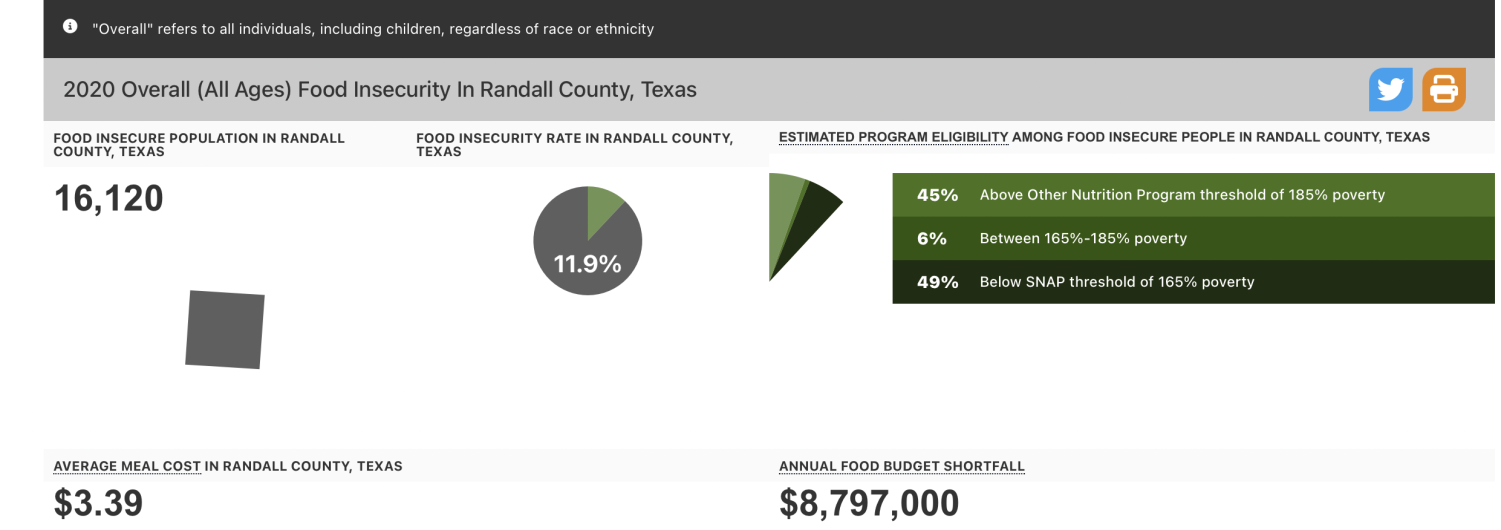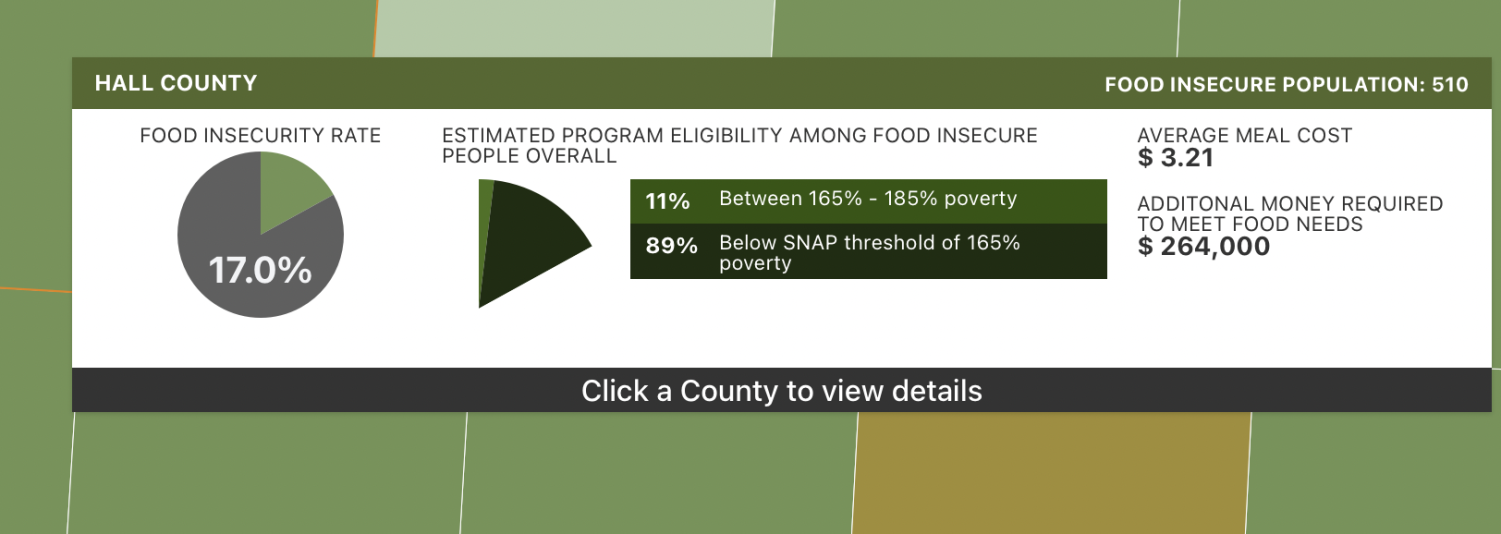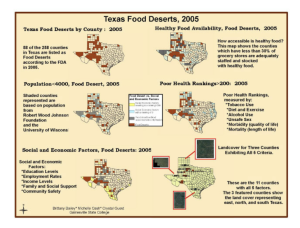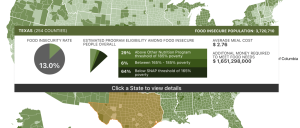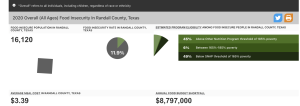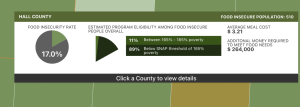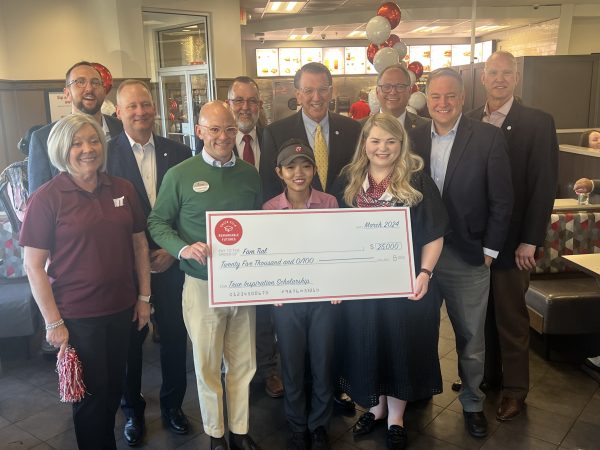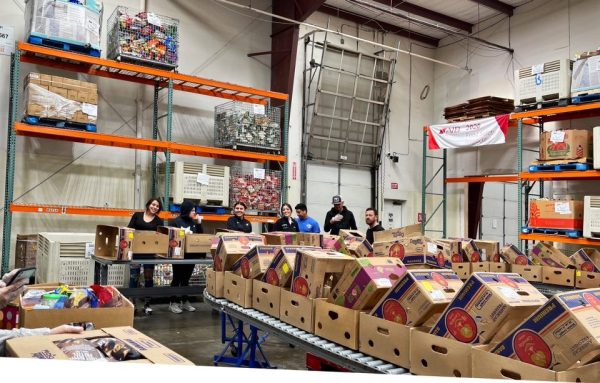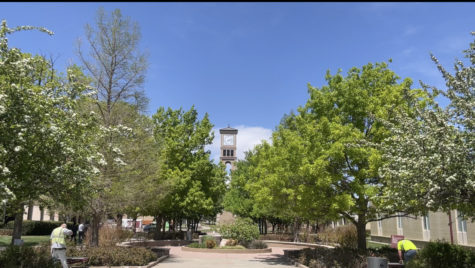Food deserts in the Panhandle area, 2005-2022
According to the Center for Disease Control and Prevention (CDC) the Texas Panhandle had 58 counties that had a lack of access to fresh food in 2005, but currently there are still more than 30 counties that are food insecure. Although there has been some improvement from 2005 to now, a decrease of 28 counties in 18 years is still not enough. According to Feeding America, the additional money needed to provide for the needs in impoverished counties would cost more than 1.6 billion dollars.
View Food insecurity map from Feeding America 2020 in gallery
We know the amount of money needed to resolve food insecurity within Texas. In Randall County, the food insecurity rate is at 11.9% and the average price of a meal is $3.39. To help reduce or eliminate the food desert in Randall County would cost more than 8.7 million dollars.
A potential solution to food insecurity is reducing the average cost of meals through government initiatives that encourage food preservation instead of food waste. But, this is difficult to achieve because the issue of food insecurity in the United States is a federal issue that impacts states and local communities.
(View in gallery) Food insecurity in Texas from Feeding America, 2020
Food insecurity in Randall County, 2020
The lack of stark progression from 2005 to present emphasizes the difficulties in reducing the amount of food deserts around the country, and within Texas. There are constant studies on food security, but there are a lack of solutions accepted by our bureaucracy. Charities like Feeding America have to “lead the fight” to end food security because the issue is complex.
Considering the statistics within Texas from 2005-2022, “complex” is a cop-out for a lack of government initiatives to encourage businesses to move into locations where fresh produce is available. The widespread nature of food deserts shows that it is a federal issue that will have to be targeted at the federal level to be effective. We have relied on charities for too long.
Although there are supermarkets that sell fresh produce, such as United Supermarkets which has chains spread across Randall County, some counties like Hall County, Briscoe County and Swisher County do not have them. The poverty rate in these counties are between 15 and 18 percent according to Feeding America.
(View in gallery) Food insecurity rates in Briscoe county from Feeding America, 2020
(View in gallery) Food insecurity rates in Swisher county from Feeding America, 2020
(View in gallery) Food insecurity rates in Hall county from Feeding America, 2020
Although forcing businesses to have a franchise in every county in the Texas Panhandle would be difficult, the idea of federal initiatives that would encourage businesses to do so would be both beneficial for supermarkets and for customers alike. Ultimately, the solution to food deserts will take a lot of planning and collaboration between the federal, state and local governments alike.
From 2005-present, the statistics show that the end to food poverty cannot be left to charities alone but must also be planned out by the collaboration of all levels of government, not just non-profits.
We have long been expected to deal with poverty ourselves, to turn to charities and good samaritans for our prosperity and joy. What has been done has not worked, we must look to alternatives for the future. For more information on food deserts in the Panhandle and beyond, visit Feeding America.

My name is Victoria Fatiregun. I am in my senior year here at WTAMU. I am an English major and I am keen on entertaining the advertising and marketing...



